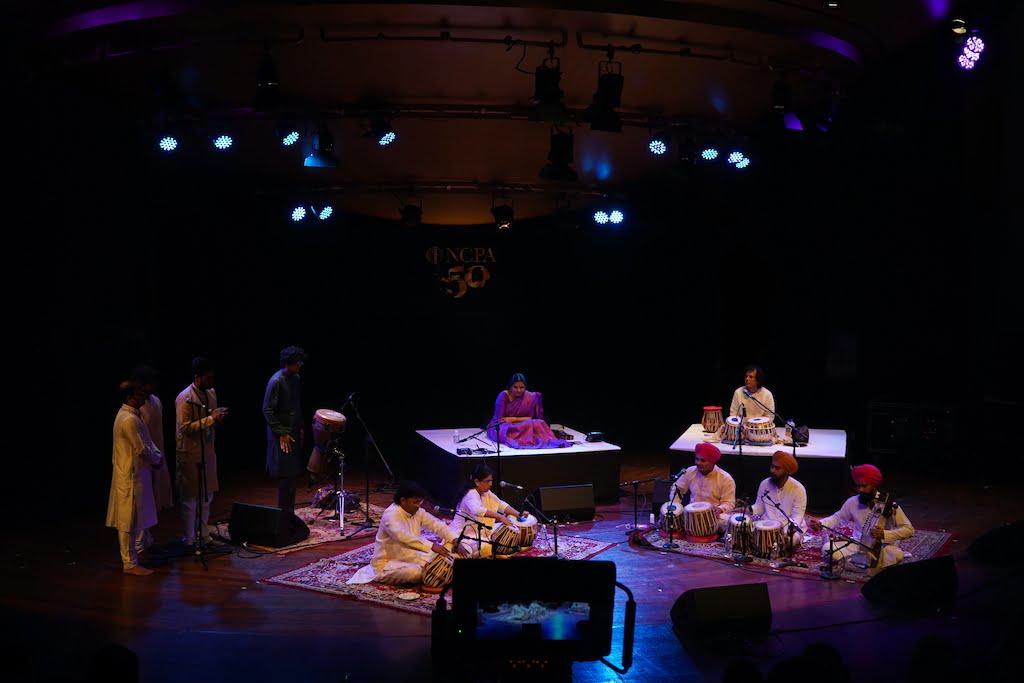Notes of Resilience: Dr. Suvarnalata Rao’s Musical Legacy
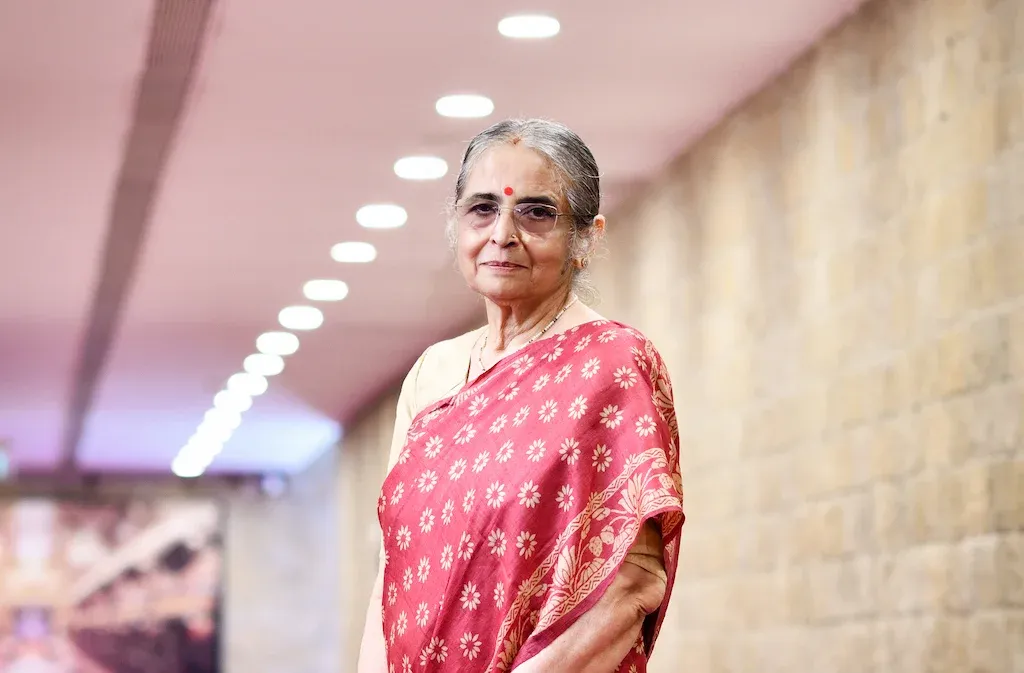
In the world of Indian music, Dr. Suvarnalata Rao stands as a distinguished figure, embodying a unique blend of scientific acumen and musical brilliance. With a trail of academic accomplishments tracing back to her early education in Chemistry and Physics at Bombay University, her musical journey began with a profound devotion to the violin, followed by rigorous training of the sitar under the esteemed guidance of Pandit Arvind Parikh.
Driven by a relentless pursuit of knowledge, Dr. Rao ventured into the domain of musicology, exploring the intricacies of computational music analysis and the construction of traditional Indian instruments. Her remarkable journey culminated in a Ph.D. in Music from S. N. D. T. Women’s University, Bombay, emphasizing the acoustical perspectives on the raga and rasa, unravelling the profound emotional undercurrents of Indian classical music.
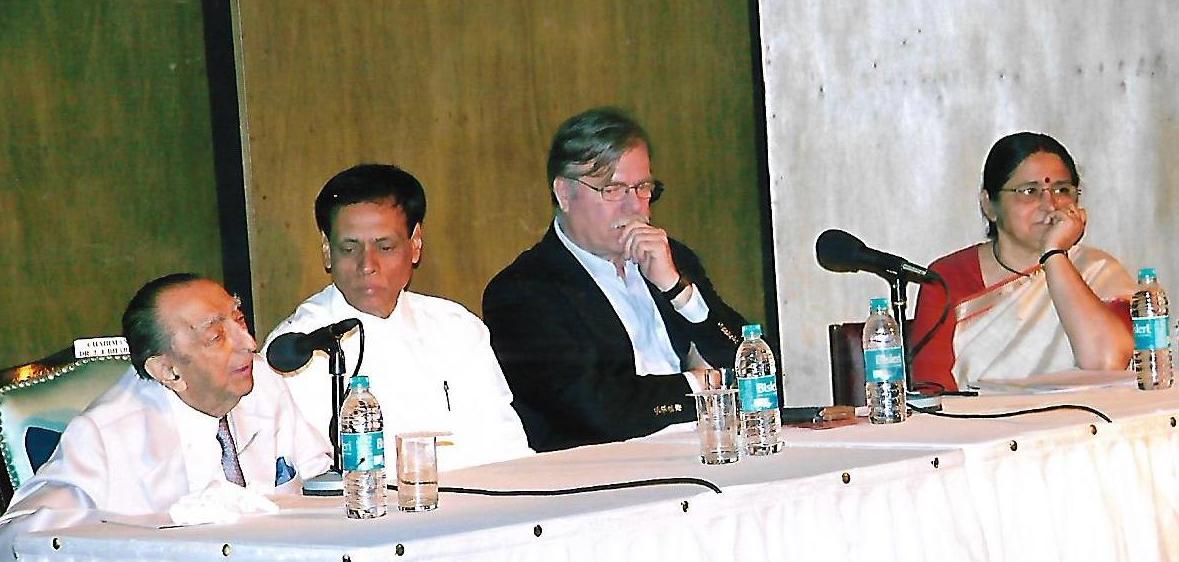
With a diverse portfolio of achievements, including prestigious grants and fellowships, and a prolific teaching career in musicology, Dr. Rao’s contributions to the landscape of Indian music continue to inspire and enrich the global musical fraternity.
In this exclusive interview, Dr. Rao graciously shares insights into her academic journey, the challenges of balancing scientific pursuits with her musical passion, her impactful teaching experiences, and her exceptional contributions to the National Centre for the Performing Arts (NCPA), Mumbai, where she has played a pivotal role in promoting and curating Indian music events. She also reflects on the future of Indian music, considering its rich history and its resilience in the face of contemporary challenges.

Serenade Team: How did your background in mathematics and empirical sciences contribute to your exploration of music acoustics, particularly during your Doctoral studies? In what ways did this interdisciplinary approach shape your understanding of music and its emotional aspects?
Suvarnalata Rao: My academic journey started with a keen interest in mathematics and empirical sciences during my childhood. Simultaneously, my exposure to classical music at the age of nine, particularly the sitar, sparked my passion for music. Balancing my scientific pursuits, I studied chemistry and physics, drawn to the precision and concrete results of scientific research.
While uncertainty lingered about my future path, my commitment to music continued. I eventually completed my Master’s in Music, where my background in physics aided my exploration of music acoustics, including intricate concepts like psycho-acoustics and room acoustics.
My involvement with the NCPA and collaboration with experts like Bernard Bell from France guided my research, leading to my dissertation on the Acoustical Perspective on Raga-Rasa Theory, emphasizing the emotional aspects of music from an empirical standpoint. This academic journey profoundly influenced my trajectory in musicology and computational music analysis.
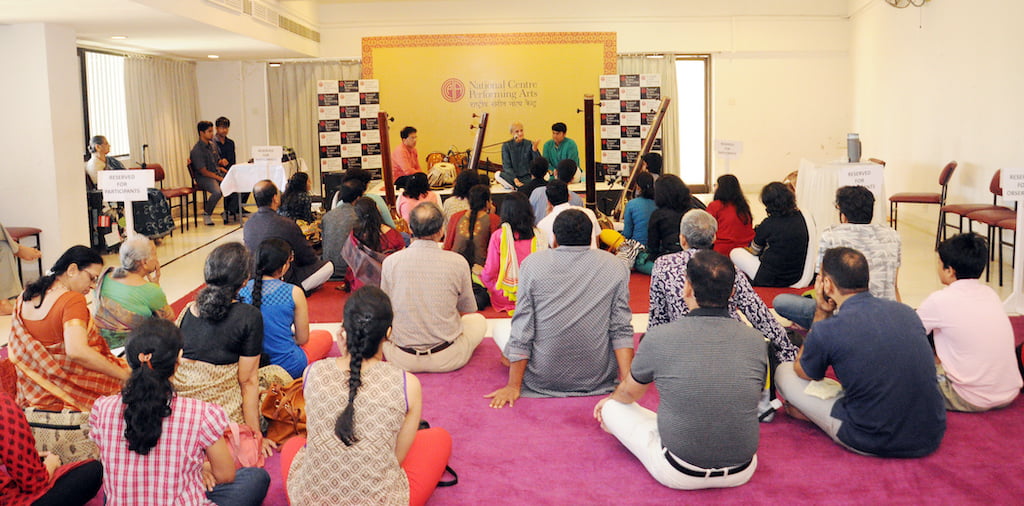
ST: How has your extensive experience in teaching Indian classical music shaped your approach to creating educational resources?
SR: Teaching has always been an integral part of my career, and my experience during my time at the Rotterdam Conservatory of Music was particularly fulfilling. I dedicated myself to addressing the challenges students faced in comprehending the nuances of various ragas, emphasizing a comprehensive understanding of the theoretical foundations. This endeavour culminated in a publication titled The Raga Guide, which aimed at providing a comprehensive resource for students and enthusiasts of Indian classical music. The project also involved colleagues from Rotterdam Conservatory of Music.
The recognition and global impact of this publication were truly heartening. Nimbus Records’ decision to release it further amplified its reach, enabling a wider audience to engage with the intricate beauty of Indian classical music. The inclusion of audio recordings featuring musicians like Hariprasad Chaurasia added an extra dimension, allowing listeners to experience the magic of Indian classical music first-hand. The lasting impact of this publication on the global understanding of Indian classical music remains a source of immense pride and joy for me.

ST: Could you share some insights into the innovative projects you have curated and managed during your tenure at NCPA, shedding light on how you overcame challenges such as budget constraints and evolving programming demands?
SR: My role as the programming head has been a journey marked by several significant milestones. I initially joined the NCPA as part of my research activities, which gradually led to my involvement in curating Indian music events. Despite facing budget constraints during the initial stages, I endeavoured to put together captivating musical events, exploring various strategies to generate funds for these programs. With the eventual support of Mr. Suntook and a team of dedicated advisors, I assumed the role of Head of Indian music, spearheading the establishment of Indian music as a prominent vertical at the NCPA.
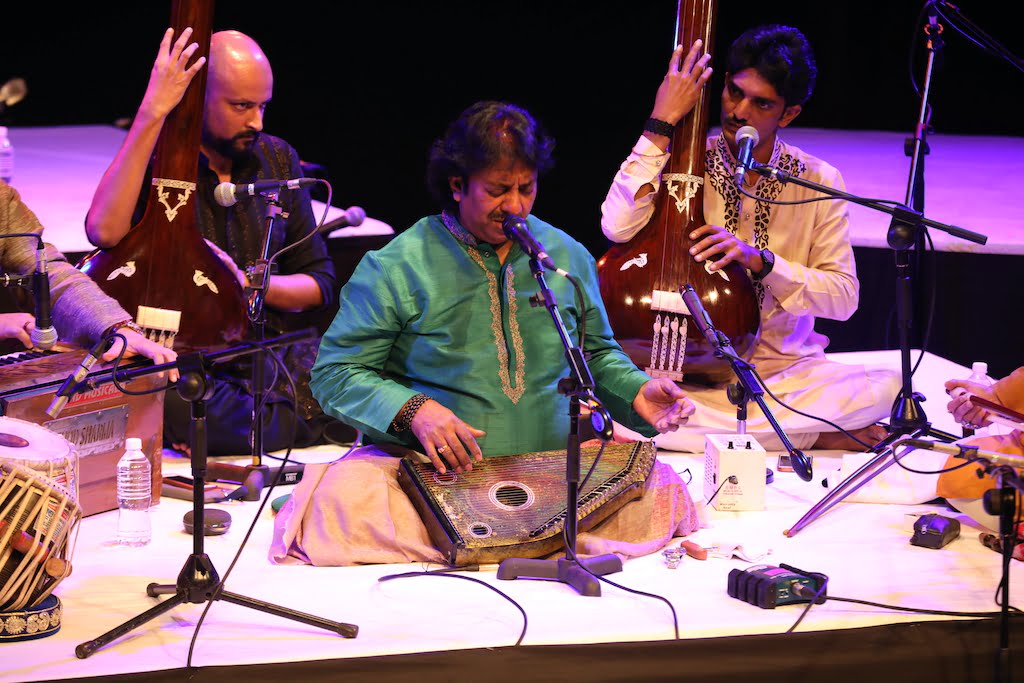
For the Indian music department at the NCPA, we curate some special thematic festivals that are presented annually. For example, we have a 3-day festival of Bandish scheduled for August, as a tribute to legendary composers, featuring some top-ranking artistes. ‘Aadi Anant: From Here to Eternity’ is another festival presented during Dec-Jan in Mumbai and other cities, showcasing senior Gurus with their promising shishyas (disciples). Some events in this festival are also based on innovative works that can qualify as ‘boundaries and beyond.’ While ‘Living Tradition’ showcases the folk traditions of different Indian states, ‘Saz-e-bahar’ presents the grandeur of instrumental music.
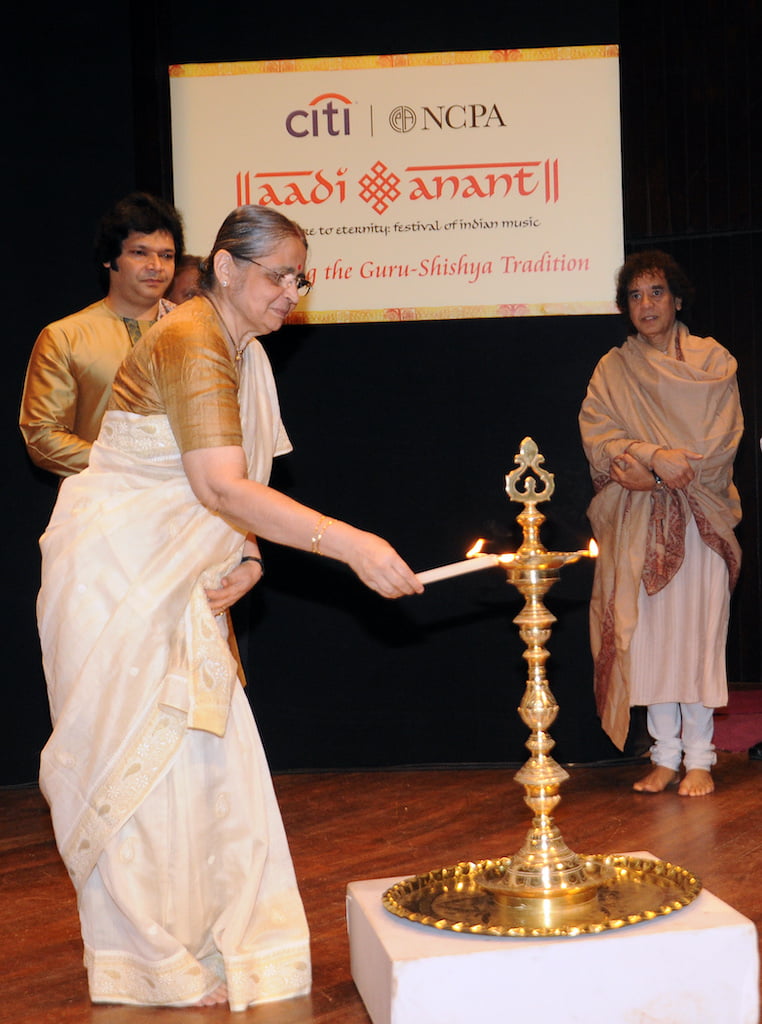
We also regularly invite upcoming as well as mid-level artistes (vocalists & instrumentalists) to give solo recitals, alongside well-known and top-ranking artistes in varied genres: classical (art music-both Hindustani and Carnatic), semi-classical, light, and popular music.
We have several educational initiatives, such as:
– Workshops (online) on varied subjects: music-related as well as allied subjects conducted by experts in the field
– Guided listening sessions based on our own archives featuring music of some great masters of the past
– Preparation of brochures that can add educational value to the major thematic festivals like Bandish and Aadi Anant
– Pre-event talks for festivals like Saz-e-bahar
– Offering monetary support to Gurus to facilitate the propagation of the tradition to deserving disciples
– Scholarships for deserving young artistes
– Engaging musically with school children from socio-economically underprivileged backgrounds
Despite the challenges of financial sustainability, our commitment to promoting the performing arts remains unwavering, as we strive to provide enriching experiences for our audiences and contribute to the broader cultural landscape.
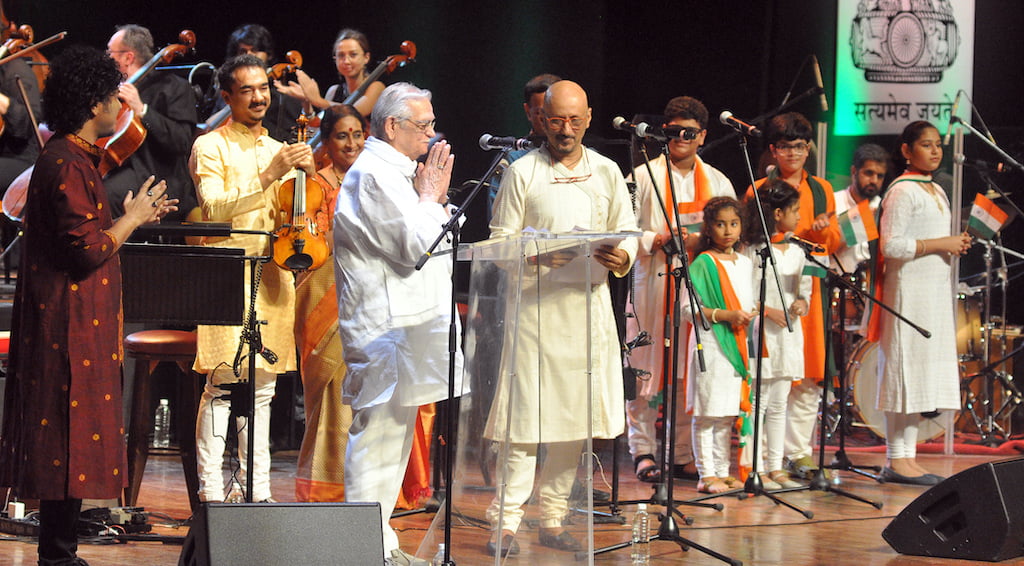
ST: What do you think the future holds for Indian classical music, considering its history and evolution over the years?
SR: The future of Indian classical music, in my view, is deeply intertwined with the concept of evolution. Technology has become integral to our lives, influencing how we interact and access resources. Despite this, the enduring appeal of Indian classical music remains evident through the continued interest and engagement of audiences. While modern life poses its challenges, classical music retains its place in our hearts, offering a timeless connection to our cultural heritage.
The interconnected nature of the world has facilitated cross-cultural exchanges, allowing for a deeper understanding of diverse musical traditions. While embracing this global exposure, it is crucial to preserve the intrinsic value of our musical heritage. Recognizing the universal essence of music while staying rooted in our cultural context is key to maintaining the relevance and significance of Indian classical music.
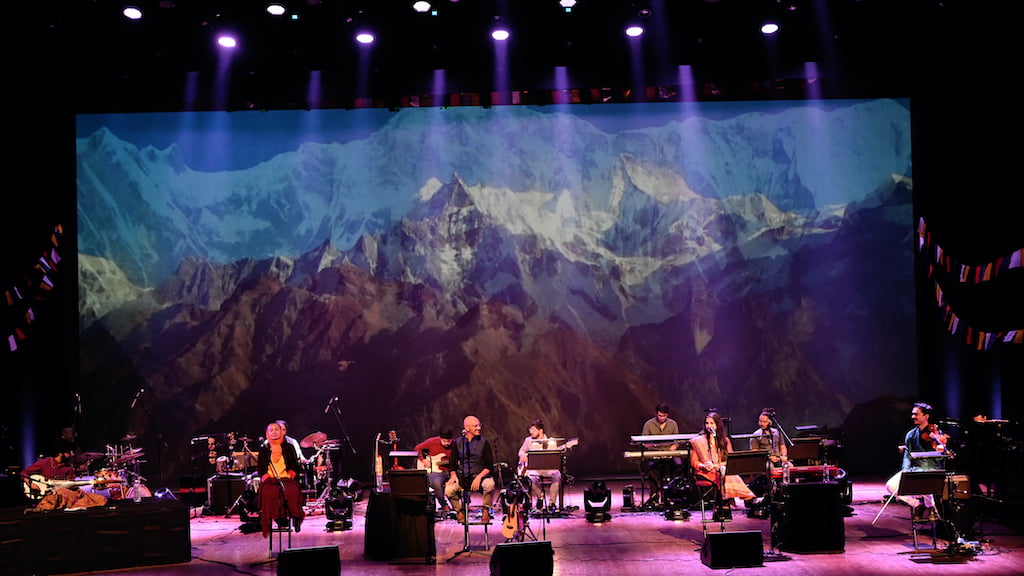
ST: How do you stay motivated, managing multiple responsibilities, while consistently delivering high-quality work in the music industry?
SR: Several factors contribute to my ongoing motivation. I periodically question my commitment to my role, given my more than 30 years at the NCPA. I need to ensure that this position still aligns with my aspirations and resonates with me.
Furthermore, the organization itself plays a significant role in keeping me motivated. From the time of Dr. Bhabha to Mr. Suntook, NCPA has cultivated an environment that values individual freedom, trust, and recognizes one’s capabilities. Their approach fosters an atmosphere that encourages personal growth and self-realization.
In the music world, each day presents fresh opportunities for collaboration, offering new perspectives and ideas. Challenges are routine occurrences, yet I see them as opportunities for growth, urging my team to view obstacles as stepping stones in their development. My unwavering belief in NCPA’s mission provides the resilience and determination to navigate life’s complexities, fostering an environment that nurtures Indian music and its values for the next generation.
